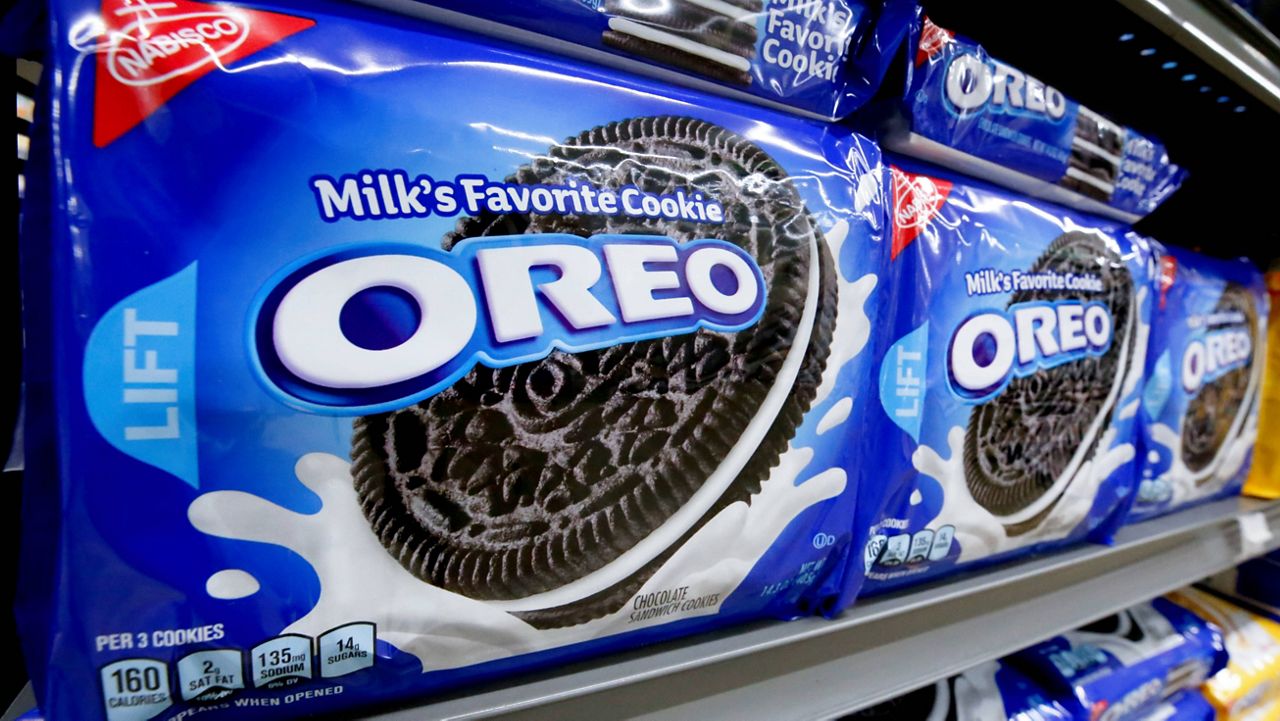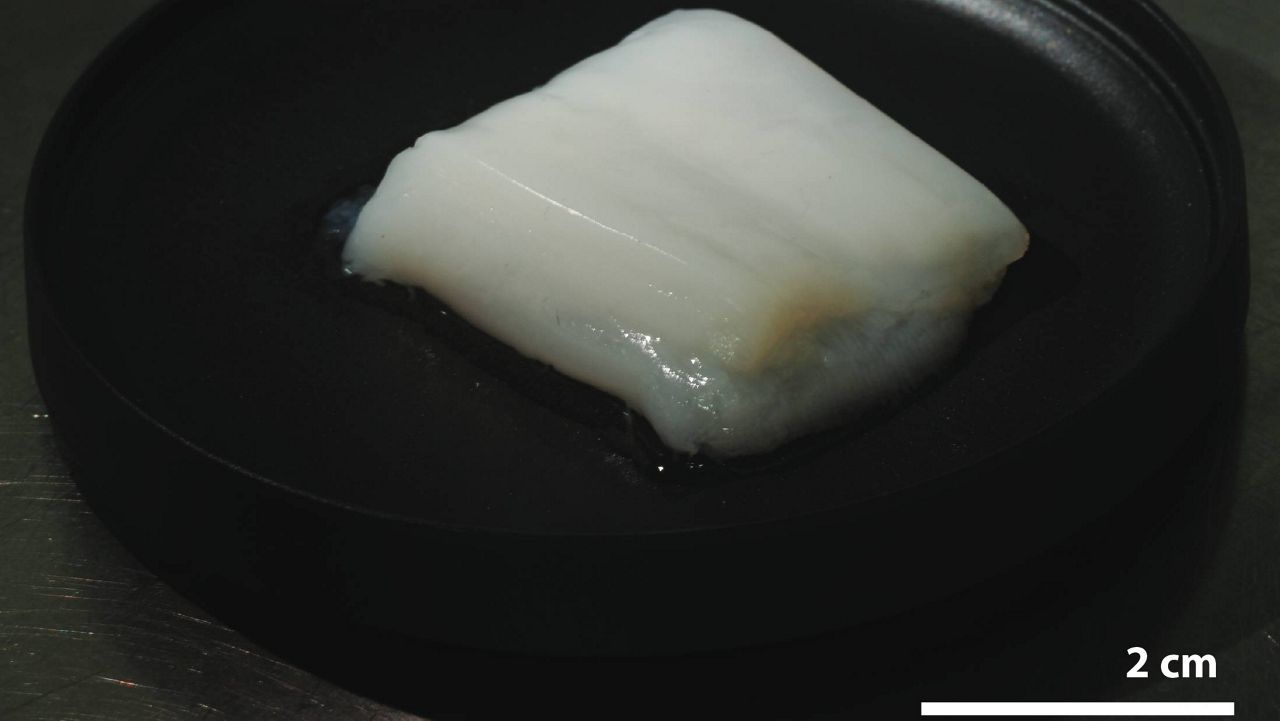With access to labs limited early in the pandemic, researchers at MIT resorted to playing with their food — but in the name of science.
Engineers at the esteemed university have since conducted a study investigating why the creamy center of Oreos tends to stick to one side of the cookie when separated. They also designed a 3D-printable device for opening Oreos.
What You Need To Know
- Engineers at MIT have since conducted a study investigating why the creamy center of Oreos tends to stick to one side of the cookie when separated
- They also designed a 3D-printable device for opening Oreos
- One of the researchers noticed that the practice of twisting an Oreo resembled a standard test in rheology — the study of the deformation and flow of matter
- The engineers believe the manufacturing process may be the reason why the cream generally finds itself to one side of the cookie
Their findings were published Tuesday in the journal Physics of Fluids.
“There’s the fascinating problem of trying to get the cream to distribute evenly between the two wafers, which turns out to be really hard,” Max Fax, an undergraduate researcher, said in a news release.
Another one of the researchers, Crystal Owens, a mechanical engineering Ph.D. candidate, noticed that the practice of twisting an Oreo resembled a standard test in rheology — the study of the deformation and flow of matter. She regularly uses a laboratory rheometer to test fluid materials such as 3D printer inks.
“Scientifically, sandwich cookies present a paradigmatic model of parallel plate rheometry in which a fluid sample, the cream, is held between two parallel plates, the wafers,” Owens said. “When the wafers are counter-rotated, the cream deforms, flows, and ultimately fractures, leading to separation of the cookie into two pieces.”
The researchers conducted standard rheology tests on about 20 boxes of cookies. They analyzed regular Oreos, dark chocolate, golden, Double Stuf and Mega Stuf to see if the cream behaved differently from one to the other.
They found it didn’t matter — the filling almost always stuck to one wafer, although they did note the distribution was more even with older boxes of cookies.
The engineers believe the manufacturing process may be the reason why the cream generally finds itself to one side of the cookie.
“Videos of the manufacturing process show that they put the first wafer down, then dispense a ball of cream onto that wafer before putting the second wafer on top,” Owens said. “Apparently that little time delay may make the cream stick better to the first wafer.”
The researchers also observed that the cookies’ placement in a package seemed to dictate which side the cream would stick to. The center filling tended to gravitate to the inward-facing wafer. The researchers suspect post-manufacturing environmental effects, such as heating to jostling, are the reason.
And the team measured the torque needed to twist open an Oreo — it’s similar to what is required to turn a doorknob — as well as the cream’s “failure stress” — the force required to get the cream to flow or deform, which is about that same as mozzarella cheese.
The engineers designed a device they call the “Oreometer,” which firmly grasps an Oreo and uses pennies and rubber bands to control the twisting force to open the cookie. They’ve provided 3D printing instructions so others can make the device.
Owens said the findings from the study can be applied to designing other complex fluid materials, including 3D printer inks.
Ryan Chatelain - Digital Media Producer
Ryan Chatelain is a national news digital content producer for Spectrum News and is based in New York City. He has previously covered both news and sports for WFAN Sports Radio, CBS New York, Newsday, amNewYork and The Courier in his home state of Louisiana.








